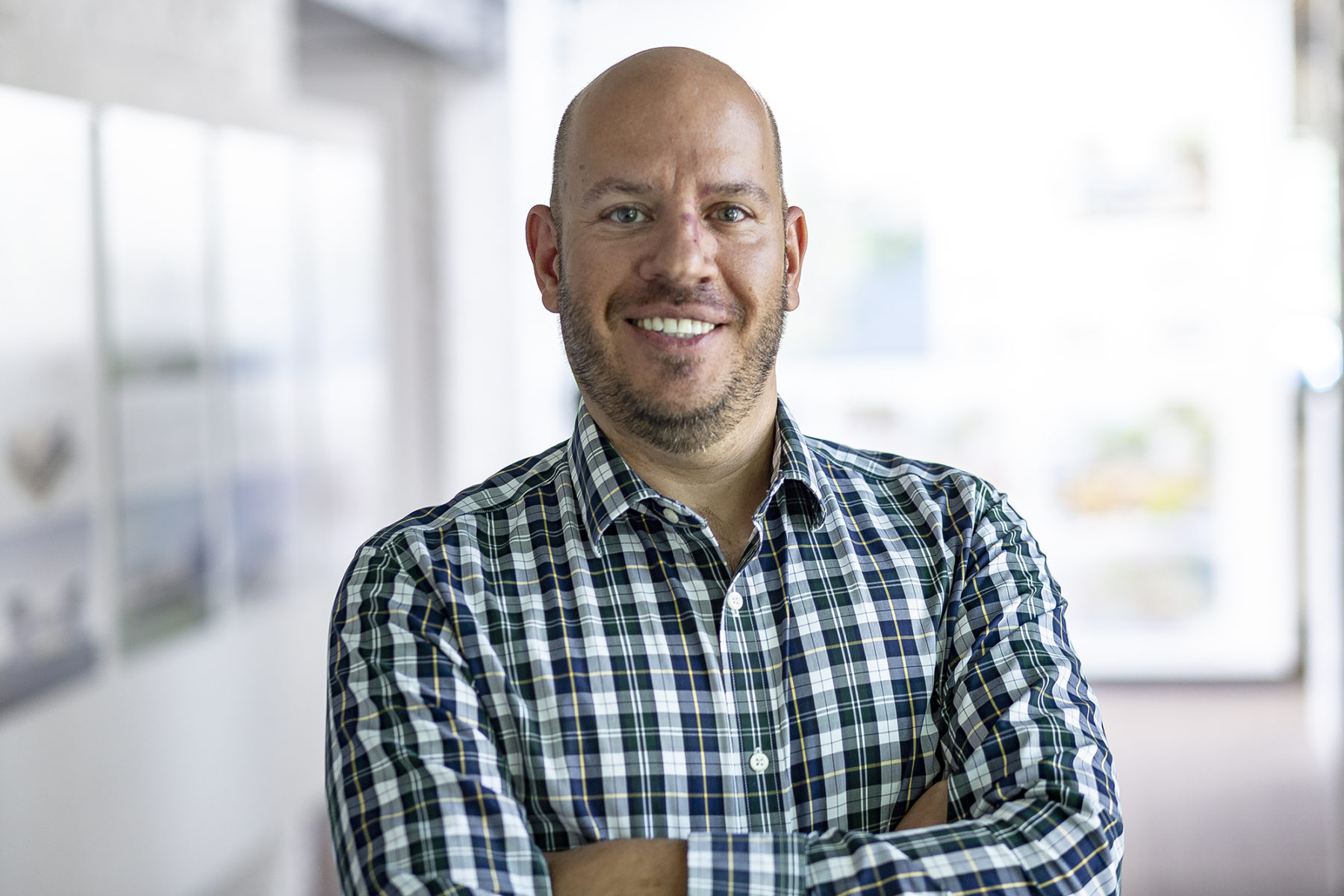Change Isn’t Always Good

 Sasaki
Sasaki

This article originally appeared in the semi-annual journal, RI-Vista: Research for Landscape Architecture. Read the full article here. This article is the first in a four-part series. Read Part 2, Part 3, Part 4. Download the full issue of Ri-Vista here.
The acclaimed Russian author Leo Tolstoy once said that “everyone thinks of changing the world, but no one thinks of changing himself.” Even before the dawn of civilization, when our Neanderthal cousins roamed the earth alongside us, humans have been at the top of the food chain. Being the dominant species has allowed the human race to not just to survive, but to thrive. But at what cost? When the industrial revolution demanded that we use Earth’s natural resources at unprecedented amounts, we became reckless. For millennia before, our very existence depended on an intentional stewardship of the natural world around us. But our kinship with the Earth was abandoned centuries ago, and now seems nearly forgotten.
We have changed the world, but not for the better. The fact that technology has improved our life expectancy, and has allowed us to explore further and connect with each other more is not being questioned. But so far, we have observed that technology has proven to be more of a drain on the planet’s resources, rather than the panacea that was promised. The world does not need changing—it is we who must change.
Throughout my career as a landscape architect, I have generally been an optimist. The act of design is, by nature, forward-looking. When putting pen to paper, you are laying out your hopes and dreams for the future—blending the reality of present day needs with a grand vision for what might be. As designers, we think of ourselves as stewards, often with a healthy dose of hubris guiding us to believe that human potential can solve anything. I hope it can. But we must address the issues at hand with bold action. Climate change extends far beyond sea level rise and warming temperatures. It is impacting the biodiversity of our planet with frightening consequences, reducing our ability to continue to feed our ever-growing population, and risks sending the global economy into a tailspin.
With that in mind, designing for a more resilient world requires a multi-faceted approach, as inconsistencies and ambiguity arise when we define resilience too broadly. At the very least, we must address resilience as it relates to climate change from an ecological, humanistic, and economic perspective. The following outlines some of the most significant existential threats we are facing, thoughts on how to address resiliency as it relates to these three categories, and tangible examples of projects that are confronting them head-on.
To read the next piece in the series, click here.